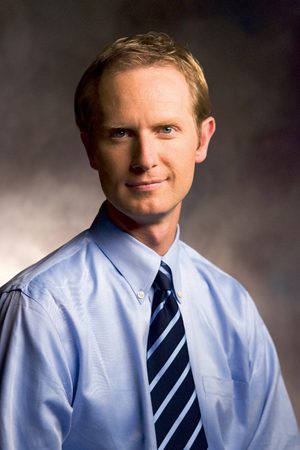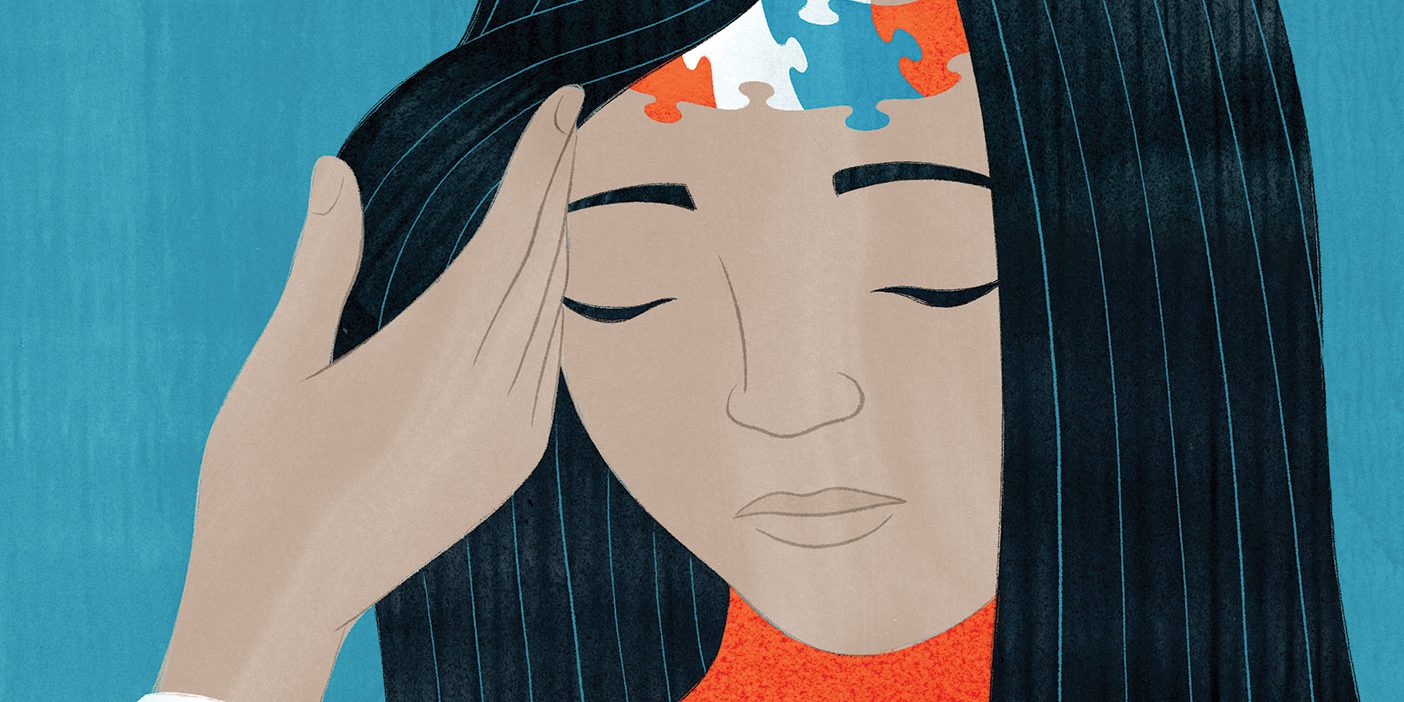When Dr. Steven Edgley advises his stroke rehabilitation patients, he can speak from experience.
When, during medical school, Steven R. Edgley (BS ’97) studied strokes—which result from a blockage or hemorrhage of a blood vessel leading to the brain—he thought to himself, “This could be the worst thing to happen to an individual.”
Then, as a 28-year-old ophthalmology intern in Chicago, he learned firsthand how devastating a stroke could be.
“I was leaving for work and started to feel weak, so I lay down on my bed,” he says. “My wife, Emi, asked me how I felt, but I could not respond. I had lost my ability to speak, and the right side of my body was affected.” His wife called 911 and told the operator she thought her husband was having a stroke.
Edgley was rushed to a hospital and administered a clot-dissolving enzyme. He attributes most everything he is able to do physically today to receiving prompt treatment.
As he lay in intensive care, unable to speak and physically impaired, he contemplated his future and asked himself what capabilities remained. “I realized my ability to reason and think was my greatest asset, more so than any physical capability,” he says. “I decided to make the most of my life. I had nothing to lose and everything to gain.
“I had to find purpose in the struggles in my life and keep hope alive—I found strength in a higher source than myself,” Edgley says. His initial goals were to regain his ability to speak and to walk without a cane, then to walk at a normal pace. He later set his sights on running, riding a bike, and completing marathons and triathlons.
In the process of recovery, Edgley changed his career direction from ophthalmology to stroke rehabilitation.
“I saw a great need for better quality of care, services, research, and management of stroke victims,” Edgley says. He received his MD from Loyola University Chicago and completed his residency at the University of Utah, where, at age 33, he became the medical director of
the stroke-rehabilitation program. “It is important for everyone to understand what strokes are and to implement preventive measures such as controlling high blood pressure, maintaining a healthy diet, and exercising.”
Strokes are the third leading cause of death in the United States, eclipsed only by heart disease and cancer. About 700,000 people experience a stroke in the United States each year, and nearly 5 million are stroke survivors. It is the leading cause of disability.
“The stroke affects almost everything I do—typing, talking, even walking,” Edgley explains. He still has halting speech and weakness in his right arm, especially his right hand. He has learned to be left-handed. “With time and a lot of effort, you learn, adjust, and grow to the point where what was once a challenge is now second nature.”
As a doctor Edgley has helped many patients. As a person he has learned empathy. “I have gone through what my patients are experiencing,” he says. “They see me and gain courage. They start thinking about things they would like to do again.”
Along with other rehabilitation techniques that he uses to help patients, Edgley is currently involved in a new technology in which cortical stimulation augments the patient’s own movements for accelerated recovery. “In the future we hope to control electrodes implanted in the muscle with actual activity in the brain,” he says.
Suffering a stroke at 28 may have temporarily slowed Edgley down, but it hasn’t kept him from making a difference. “Watching people go from the ICU to returning home and having a meaningful life—this is success,” he says.









